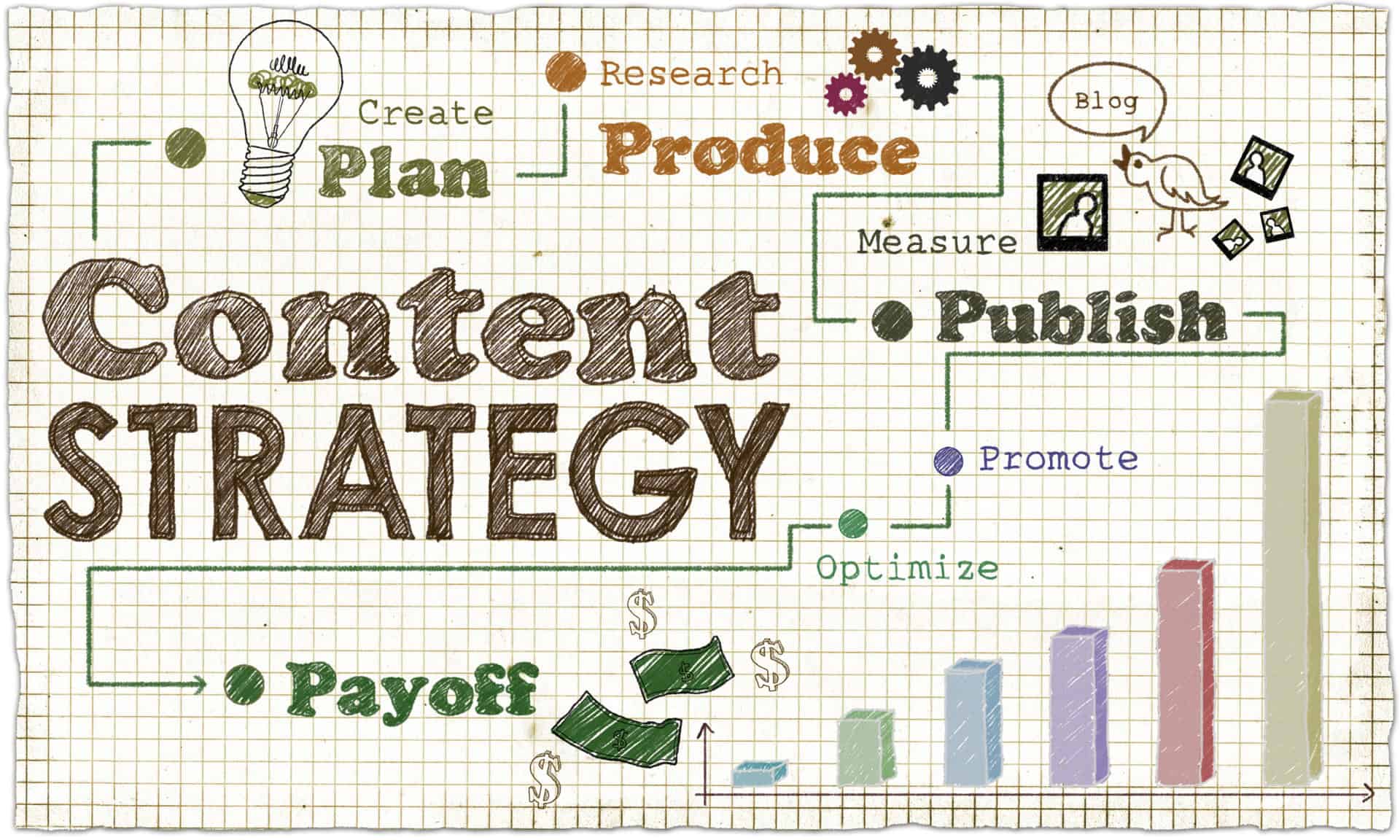
Content marketing is a strategic approach to creating and distributing valuable, relevant, and consistent content to attract and engage a specific target audience, with the goal of driving profitable customer action.
It is a long-term strategy that focuses on building relationships with customers through valuable and informative content, rather than solely promoting products or services.
Importance of a content marketing strategy
A content marketing strategy is important because it allows businesses to attract and retain a specific target audience by creating valuable and relevant content.
It helps establish brand authority by consistently creating and distributing high-quality content, and it drives profitable customer action by providing valuable information and resources.
Additionally, it helps drive organic traffic and improve SEO by regularly creating and publishing high-quality and optimized content, and it can also generate leads by providing valuable information and resources.
Purpose of the outline
The purpose of an outline is to provide a clear and organized structure for a piece of memoir ghostwriting or a speech.
It helps the writer or speaker to organize their ideas and thoughts, and to see the logical progression of the content. The outline also helps to identify any gaps in the content and to ensure that all important points are covered.
Audience Analysis
Audience analysis is the process of identifying and understanding the characteristics, needs, and expectations of the target audience for a piece of memoir ghostwriting or a speech.
It is an important step in the planning process as it helps the writer or speaker to tailor the content and delivery to the specific audience.
Audience analysis can include researching demographics, such as age, gender, education level, and occupation.
Content Development
Content development is the process of creating and producing the actual content for a piece of nonfiction ghostwriting.
Included Content development:
- Researching the topic: Gathering information from various sources such as books, articles, and online resources.
- Organizing the information: Sorting through the research and selecting the most relevant information to support the main points.
- Outlining the content: Creating an outline to organize the information and ideas in a logical sequence.
- Memoir ghostwriting the content: Crafting the content in a way that is clear, engaging, and appropriate for the target audience.
- Revising and editing: Reviewing and making changes to the content to ensure that it is accurate, clear, and engaging.
Content development is a crucial step in the content marketing process as it ensures that the content is of high-quality, relevant, and valuable to the target audience.
It’s also important to ensure that the content is consistent with the brand’s messaging and tone of voice.
Distribution and Promotion
Some common methods of distribution and promotion include:
- Social media: Sharing the content on social media platforms such as Facebook, Twitter, and LinkedIn.
- Email: Sending the content to subscribers through email marketing campaigns.
- Influencer marketing: Partnering with influencers or industry thought leaders to promote the content.
- Paid advertising: Promoting the content through paid advertising on platforms such as Google AdWords or Facebook Ads.
- SEO: Optimizing the content for search engines to increase visibility in search engine results.
- Content Repurposing: creating different versions of the same content to be distributed across different platforms.
Measurement and Analysis
Measurement and analysis are the final steps in the content marketing process that involve evaluating the effectiveness of the content and determining how to improve future efforts.
Some common metrics used in content marketing include:
- Traffic: the number of visitors to a website or landing page
- Engagement: the number of likes, shares, comments, and click-through
- Lead generation: the number of leads generated by the content
- Conversion rate: the percentage of visitors who take a specific action
- ROI: the return on investment of the content marketing efforts
Also Read: www.tecwic.com/
Analysis involves interpreting the data collected through measurement and determining what it means in terms of the content’s effectiveness.
Based on the analysis, content marketers can make adjustments and improvements to their strategy, such as:
- Repurposing content to increase its reach
- Refining the target audience
- Improving the content format, structure, and design
- Optimizing the distribution and promotion efforts
- Identifying new opportunities for creating and distributing valuable content.
Author Bio
I am a professional writer at freelance web developer dubai. I’m researching and writing about innovation, Entertainment, technology, business, and the latest digital marketing trends click here to go website


